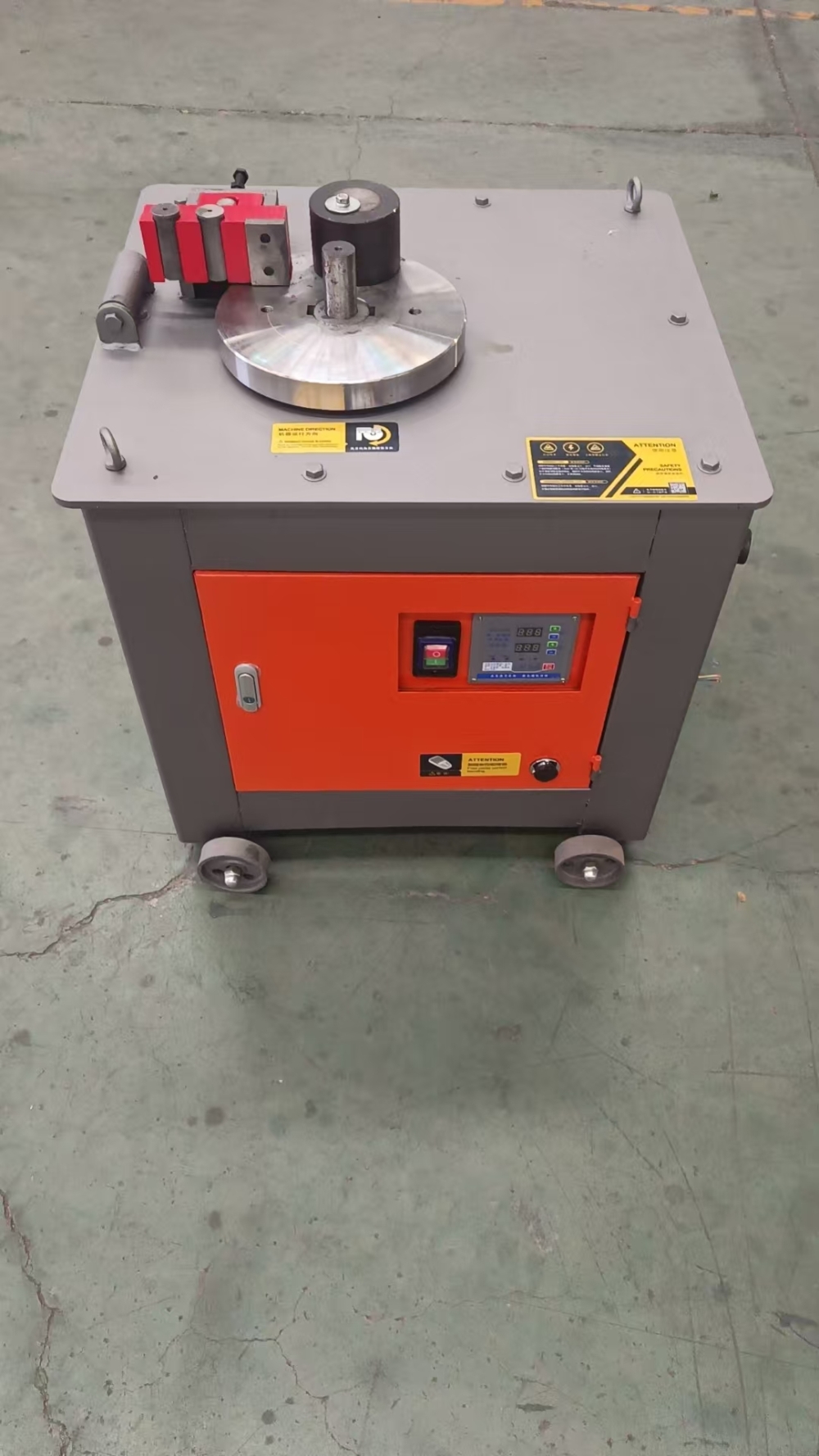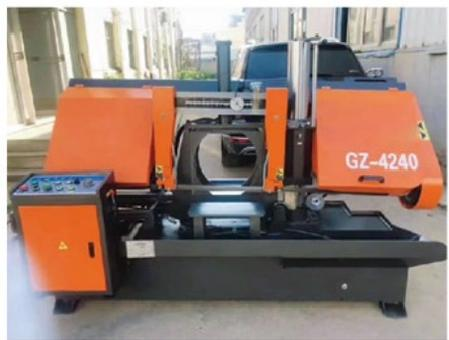Rebar Stirrup Bending Machine
The rebar bending machine is a specialized automated equipment for processing stirrups in infrastructure projects. It is mainly used for the integrated straightening, bending, and cutting of coiled and spiral rebars, capable of producing rectangular, rhomboid, circular, and polygonal stirrup components in a single operation.

The rebar bending machine is a specialized automated equipment for processing stirrups in infrastructure projects. It is mainly used for the integrated straightening, bending, and cutting of coiled and spiral rebars, capable of producing rectangular, rhomboid, circular, and polygonal stirrup components in a single operation. The equipment employs a CNC system and servo motor drive, integrating a precision straightening roller group, a multi-station bending mechanism, a high-speed cutting device, and an intelligent feeding system. The machine body uses a high-strength welded steel structure, which undergoes aging treatment to eliminate internal stress, ensuring strong operational stability. During processing, the coiled rebar is introduced by the feeding mechanism, corrected by the straightening roller group, and then precisely pushed to the bending station by the servo feeding mechanism. Multiple bending shafts work together to complete the stirrup forming, and finally, the cutting mechanism cuts it to a fixed length. The entire process is automated and requires no manual intervention. This equipment supports processing Φ5-12mm coiled round steel and coiled rebar, with a straightening error ≤±0.5mm/m, stirrup size error ≤±1mm, and angle error ≤±1°. It is widely used in building construction, bridges, high-speed railways, municipal engineering, and other scenarios with high stirrup demand, and is a core piece of equipment for achieving standardized and efficient stirrup processing.
Features
1. Multi-process integration: Integrates steel bar straightening, stirrup bending, and cutting functions into one unit, replacing the traditional combination of "straightening machine + bending machine + cutting machine." The process is continuous without workpiece transfer, increasing overall processing efficiency by over 50%.
2. Precise stirrup forming: Utilizes a servo motor to drive the bending shaft, with angle control accuracy ≤±1° and stirrup side length error ≤±1mm. After forming, the stirrups have a regular shape and uniform size, meeting the high-precision requirements of engineering reinforcement.
3. High-efficiency batch processing: Feeding speed reaches 80-150m/min, processing Φ8mm stirrups in a single cycle takes ≤3 seconds, and 2000-4000 stirrups can be processed in 8 hours, which is 8-12 times more efficient than manual processing.
4. High degree of automation: The CNC system supports CAD drawing import and can preset more than 100 sets of stirrup parameter templates, realizing fully automated feeding, straightening, bending, cutting, counting, and finished product collection, reducing manual intervention by 90%.
5. Strong versatility in forming: Equipped with multiple sets of replaceable bending dies, it can process various irregularly shaped stirrups such as rectangles, rhombuses, circles, and trapezoids with side lengths of 50-1200mm and angles of 0-180°, meeting the reinforcement requirements of different components.
6. Convenient and intelligent operation: Equipped with a 10-inch touch screen operating interface, parameter settings are intuitive and easy to understand, supporting fault self-diagnosis and remote monitoring functions, real-time display of processing progress and equipment status, and even beginners can master the operation in 1 hour.
7. Comprehensive Safety Protection: Equipped with a fully enclosed protective cover, emergency stop button, infrared safety sensor, and motor overload protection system, effectively preventing rebar springback, arc flash, and equipment overload damage, meeting GB/T 23484 safety standards.
8. Stable and Durable Structure: The bending shaft is made of 40Cr alloy steel with a tempered and chrome-plated surface for wear resistance; the straightening rollers are made of high-carbon steel with precision machining. A single set of straightening rollers can process over 600 tons of Φ8mm rebar, and the equipment has a service life of 8-10 years.
9. Economical and Convenient Maintenance: Wear parts adopt a standardized modular design, requiring no special tools for replacement; daily maintenance only requires periodic lubrication and cleaning, with annual maintenance costs less than 3% of the equipment purchase cost.
- CNC straightening and cutting machine Previous :






